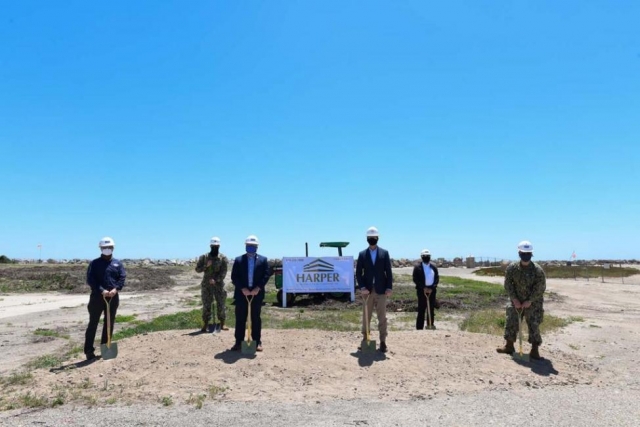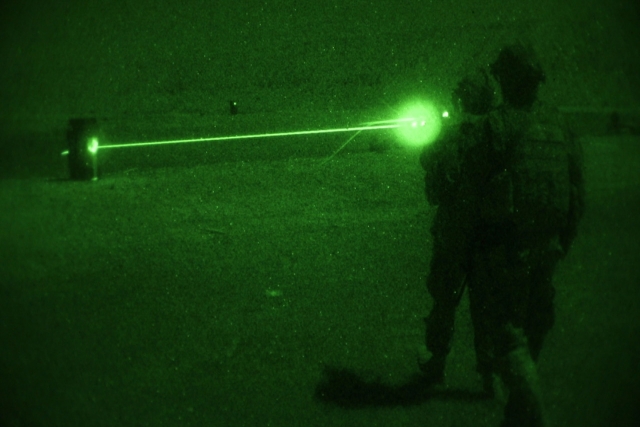US Navy's Laser Weapons Lab to Become Operational in a Year

The US Navy broke ground Tuesday for a dedicated lab to test laser weapons in a maritime environment which is expected to become operational in a year's time.
The nearly 18,500-square-foot Directed Energy Systems Integration Laboratory (DESIL) is projected to open in roughly a year along the Point Mugu Sea Range near Naval Base Ventura County (NBVC) in California. This will enable Naval Surface Warfare Center and Port Hueneme Division (NSWC PHD) to help accelerate delivery of laser lethality to the warfighters at sea, Naval Sea Systems Command (NAVSEA) announced on May 7.
Naval Air Warfare Center Weapons Division, Naval Air Systems Command (NAWCWD/NAVAIR) operates the 36,000-square-mile sea range, one of the reasons why NBVC was chosen for DESIL, said Thomas Dowd, NAWCWD range department director, during the ceremony.

Once operating, the facility recreates as realistically as possible how High Energy Laser (HEL) weapons behave on a Navy ship platform— customers/users will test how HEL beams perform in sea conditions such as moisture, humidity, salt, fog, differing air densities and temperature changes will affect laser performance; how ships’ systems will power and cool the energy-intense weapons; and will test them by shooting at targets on the sea range and in the air over the sea range. Directed Energy team members will support HEL weapons once installed on ships. DESIL will also serve as a laboratory for integrating, testing and evaluating developers’ new DE and HEL weapon prototypes.
NAVFAC prepared DESIL’s Request for Proposal based on PHD’s requirements, awarded the design/build contract to Harper and will monitor the construction. The lab’s estimated cost is roughly $23 million.
Navy in-service engineering agents (ISEA) for ship-based combat and laser systems will operate DESIL, enabling the lasers to support the fleet as crucial components of the Navy’s maritime superiority strategy.
“(At DESIL,) the ISEA engineers will recreate issues, and investigate (engineering) issues for deployed DE-installed ships, and use the lab as a test range asset,” said Marcos Gonzalez, project lead for DESIL. “It (DESIL) could (also) bring in industry-developed versions of lasers, and developers could perform firing exercises on the test range. We (also) want to make it open to others in the DE world, such as university researchers, because of its unique location, adjacent to the sea range.”
The lab will include space to collaborate with Department of Defense, private industry and academia DE experts, a conference room, offices and an area for High Velocity Learning to potentially train Sailors.
“The combination of capabilities will be unlike that of any other facility, and will provide customers with a versatile venue for technology maturation and weapon system integration and test,” said Robert Harriman, DESIL systems engineer with PHD.









